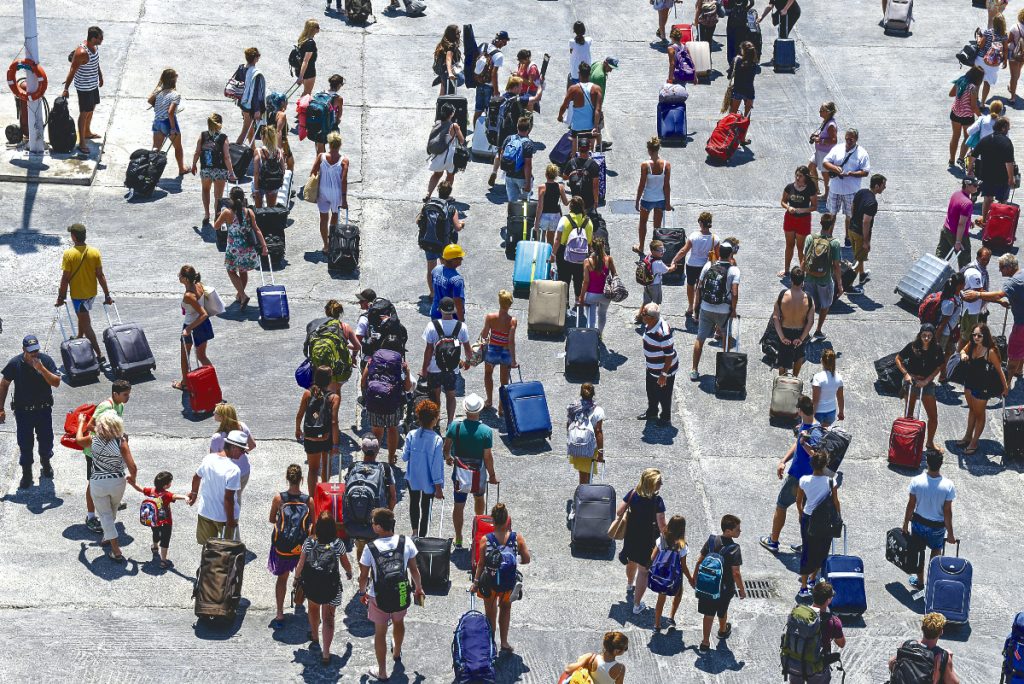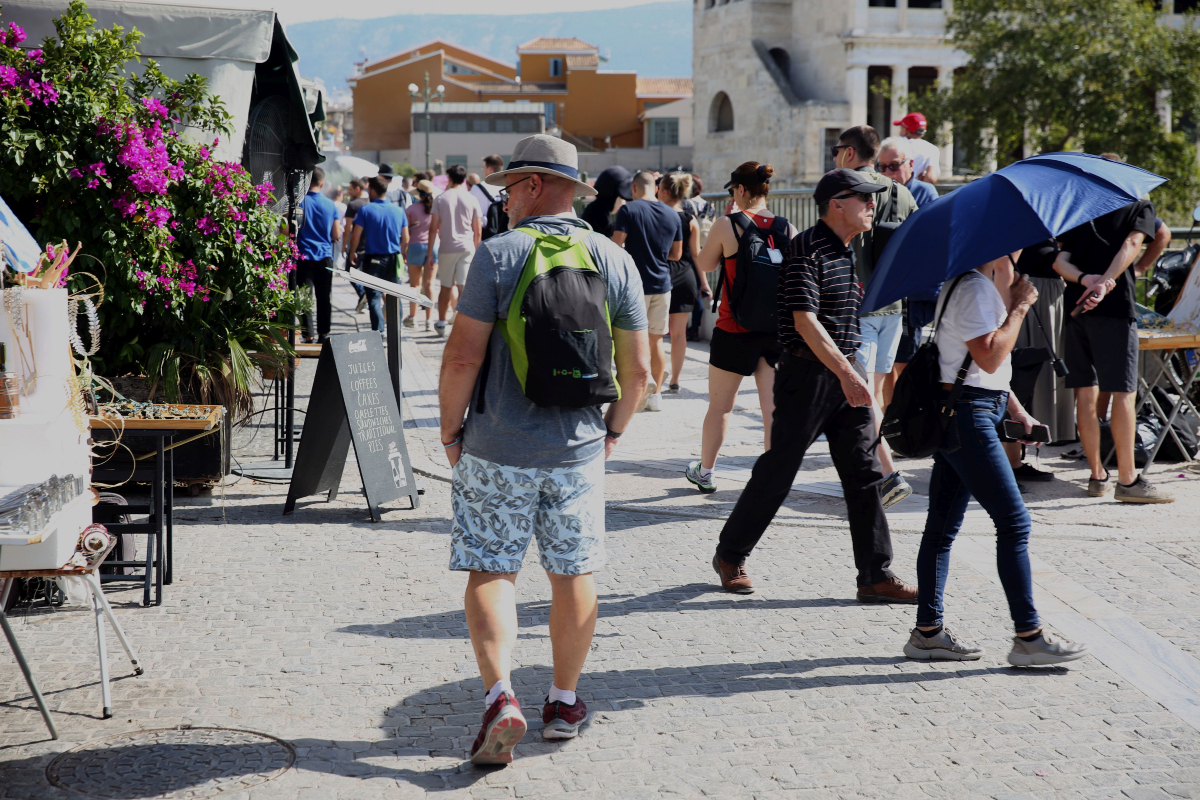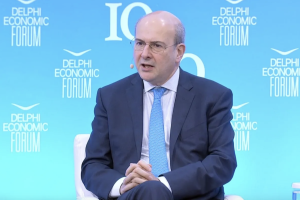George Yannis, Professor and Director of Transportation Planning Engineering at the National Technical University of Athens, highlights that the surge in tourist numbers in Greece raises crucial concerns about the sufficiency of transportation infrastructure. This is particularly pertinent due to the heavy tourist traffic experienced every summer across all transportation modes.
Certain transportation systems fail to adequately serve tourists or residents in affected areas, such as urban and tourist destination road networks plagued by increased congestion and parking challenges. Upgrading these road infrastructures offers only temporary relief.
The most effective response to rising transportation demands involves optimizing current road infrastructure with new models prioritizing mass transit and expanding peak hours and days.
Road transport necessitates more decisive actions towards mass transit and active mobility (pedestrians, bicycles), particularly in urban centers and popular tourist spots.
Addressing Greece’s anticipated surge in demand requires significant efforts to reduce private car usage and enhance mass transit options. Improving taxi services and ride-sharing with flexible schedules and fares is essential, as current offerings fall short in most tourist destinations.
Air and sea transportation excel due to their ability to handle large volumes of passengers. By expanding vehicle fleets and routes and adjusting schedules across the week, service quality is markedly enhanced.
However, ensuring efficient operations also depends on effectively managing airport and port facilities and maintaining fair competition among airlines and shipping firms. Achieving these goals necessitates collaboration between public and private sectors to uphold passenger rights and ensure affordable travel costs.
Enhanced management of current and future infrastructures could notably ease traffic and parking woes across Greece’s many tourist areas. The economic costs of these improvements are minimal compared to sluggish, costly, and often ineffective upgrades. However, achieving this goal hinges on political commitment to shift support from private to public transportation solutions.




